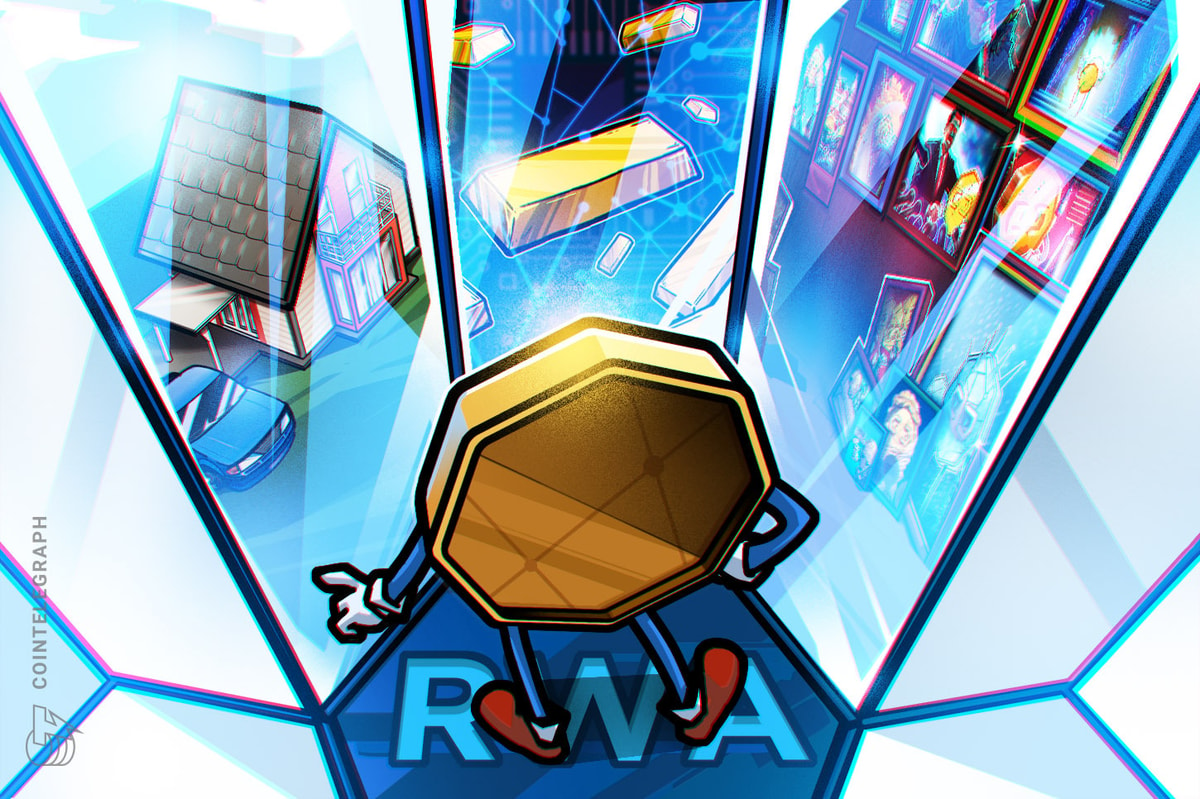It’s official — there’s a new Layer-2 token on the block.
Arbitrum, a leading contender in the field of Layer-2 scaling solutions for Ethereum (ETH) has recently unveiled the launch and airdrop of its native governance token, ARB.
Since its launch in 2021, the network has become one of the largest projects without a token, fueling excitement and anticipation for its impending launch.
ARB to drive Arbitrum governance
Arbitrum is an Optimistic Rollup solution that shifts network operations away from the Ethereum mainnet while still maintaining Ethereum-level security. It runs on its own blockchain and allows developers to deploy smart contracts that can process a higher number of transactions per second, thus lowering overall fees.
According to the latest data from L2 Beat, Arbitrum currently dominates the L2 wars, holding 55% of the market share in terms of total value locked (TVL). Arbitrum’s total value of assets locked has risen by more than 20% in the last seven days to $3.85 billion, coinciding with high-network activity on the network as well potential upside of the scheduled airdrop.
The growth of Arbitrum’s TVL and its dominance is a good indicator of its thriving ecosystem, with leading protocols such as GMX, Uniswap, Camelot and many other DEXs operating on the network. In contrast, alternative Layer-2 competitors such as Optimism’s and Polygon’s TVLs are comparatively lower. This broad adoption and trust from projects as well as the wider community have been a positive sign for the growth and success of the Arbitrum ecosystem.
Joining other L2 projects such as Optimism, the launch of ARB will be a pivotal milestone in the network’s journey toward a decentralized autonomous organization (DAO). Unlike other tokens such as Ether — Ethereum’s native token that’s utilized to pay transaction fees on the network — ARB will serve exclusively for protocol governance on Arbitrum.
Prior to the announcement, Offchain Labs, the developer behind the Arbitrum ecosystem, was the sole entity responsible for making decisions and adjustments to the network. Following the announcement and the upcoming token launch, the reigns of control will be handed over to its community.
The network will grant holders the ability to vote on changes to both Arbitrum One and Arbitrum Nova networks. These networks allow users to carry out transactions on the Ethereum blockchain at greater speeds and reduced fees.
The governance process implemented will be self-executing: votes placed will directly impact and execute on-chain decisions without involving intermediaries. The voting procedure will require a minimum of 21 to 37 days to pass before a proposal is executed, thus ensuring users are given ample time to react to any changes.
ARB airdrop and eligibility
The Arbitrum Foundation has announced that ARB will be airdropped to early eligible community members on Thursday, March 23, 2023.
In collaboration with crypto analytics firm Nansen, Arbitrum monitored user behavior in February to determine eligibility for ARB tokens. Factors that determined eligibility included:
- Number of transactions performed.
- Number of applications used.
- Duration of usage on both Arbitrum One and Nitro.
Based on a statement released by Nansen, out of the 2.3 million wallets bridged on the Arbitrum One chain, a total of 625,142 addresses are eligible, with 28% of them having been bridged to Arbitrum One before Feb. 6, 2023.
According to Offchain Labs’ co-founder and CEO Steven Goldfeder, eligible users will be determined by an internal eligibility criterion. Interested users can check their eligibility for the airdrop on the website.
Token allocation

Source: Token Unlocks
ARB will have a total circulation of 10 billion tokens. Out of these, the Arbitrum community will have control over 56% of the tokens, of which:
- 11.5% will be distributed to the Arbitrum community.
- 1.1% will be given to DAOs operating in the Arbitrum ecosystem.
The Arbitrum DAO will distribute the remaining community tokens through a treasury.
The remaining 44% of ARB tokens will go to Offchain Labs. Both investor and team tokens will be subject to a vesting period of four years, with the first unlocking scheduled to occur in a year’s time, followed by periodic unlocking over the next three years.
Final thoughts
While the launch of ARB has taken longer than expected in comparison to direct competitors such as Optimism, Goldfeder reassured the community that Arbitrum had reached certain technical milestones such as working fraud proofs (the tech underpinning Arbitrum One’s unrivaled security), surpassing its primary competitor by a significant margin.
Nevertheless, the launch of ARB is a crucial milestone for Arbitrum and the L2 ecosystem as a whole. As more and more projects explore Layer-2 scaling solutions, the launch of a governance token for one of the leading solutions, such as Arbitrum, is a clear indication of the ecosystem’s maturity.
Disclaimer. Cointelegraph does not endorse any content or product on this page. While we aim at providing you with all important information that we could obtain, readers should do their own research before taking any actions related to the company and carry full responsibility for their decisions, nor can this article be considered as investment advice.












